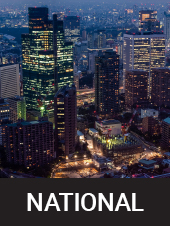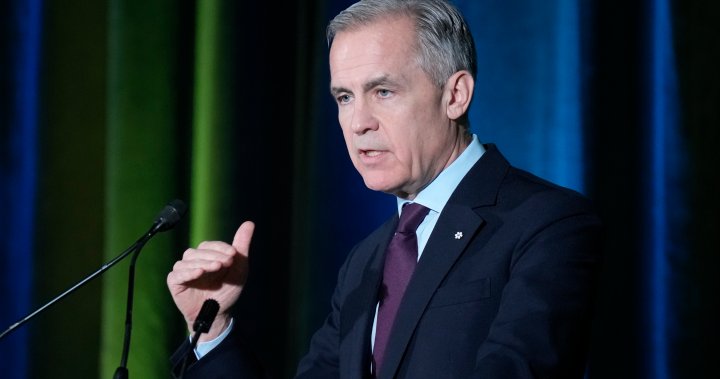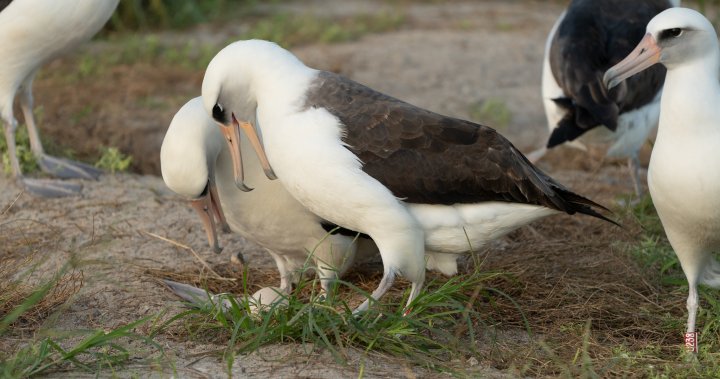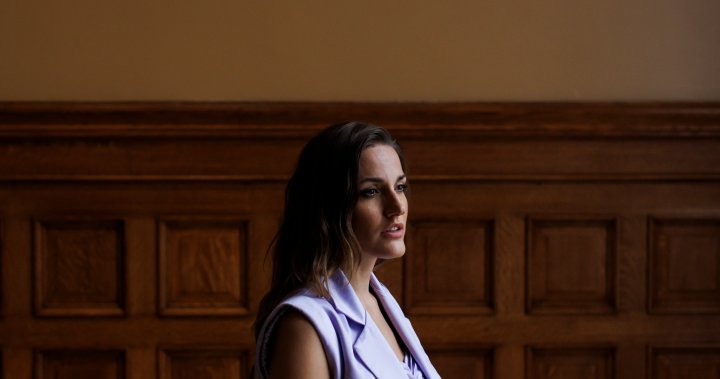Mark Carney, former governor of both the Bank of Canada and the Bank of England, is jumping into the race to replace Justin Trudeau as leader of the federal Liberals.
Whoever is elected leader of the Liberal Party of Canada will be Canada’s next prime minister, at least until a fresh election is held.
But can Carney, who is not a member of Parliament, be prime minister?
Experts say he can.
Philippe Lagassé, an associate professor at Carleton University who specializes in the Westminster parliamentary system, told Global News that “there is no law that prevents somebody who isn’t sitting in Parliament from becoming prime minister.”
“The office of prime minister is separate and distinct, legally speaking, from that of the office of the parliamentarians,” he said.
Lagassé said Canada relies on constitutional convention, rather than legally enforceable law, to ensure that the prime minister is a member of Parliament and is held accountable for the work of government.
“The reason that we keep this as a convention is to allow for exactly the kind of scenarios that we’re talking about, namely, somebody is elected leader party [but] they don’t yet have a seat.”
Speaking to Global News earlier this month, Nelson Wiseman, professor emeritus of political science at the University of Toronto, said there is historical precedent for non-MPs becoming prime minister.
“The prime minister does not have to be an MP. John Turner was not an MP,” he said.
Turner was Canada’s 17th prime minister and while he had been elected as an MP in previous elections, he was not one when he became prime minister in 1984, a tenure that lasted just 11 weeks before he was defeated in a federal election.
This is because under Canada’s Westminster parliamentary system, Canadians do not actually vote for prime ministers the way Americans vote for presidents. Instead, the leader of the party that forms government is who becomes the prime minister.

Get breaking National news
For news impacting Canada and around the world, sign up for breaking news alerts delivered directly to you when they happen.
Lagassé said the precedent goes back even further, referencing former prime minister William Lyon Mackenzie King in 1945.
“William Lyon Mackenzie King lost his seat during an election,” he said. “He then ran in a byelection later to come back in.
“The prime minister typically will hold three different positions: prime minister, a member of Parliament and leader of their party. So you can hold each of those separately from the other two, technically.”
A more recent example of a non-MP becoming the leader of their party was NDP Leader Jagmeet Singh, who was elected as that party’s leader without being elected as an MP first. Singh won a seat in the House of Commons in February 2019 after becoming NDP leader in October 2017.
In those kinds of situations, the convention is that the party leader will seek a seat in the House of Commons at the next available opportunity to stand for election.
“The convention demands that they obtain a seat in the House of Commons in short order, in order to be able to answer questions and be accountable to the House of Commons,” Lagassé said.
If Carney runs as Liberal leader and is successful, he will have two options. The first is to run in a byelection as soon as a seat becomes available.
“In some circumstances, they [leaders of parties] might even sit in the Senate in anticipation of an election,” Lagassé said.
Trudeau expelled senators from the Liberal caucus in 2014 and since being in government, has appointed senators who sit as independents.

Duane Bratt, a political science professor at Mount Royal University, told Global News he believes Carney is holding his leadership campaign launch in Edmonton because that is where he will likely run in the next election, given his family roots there.
“Announcing in Edmonton, I think he’s going to say, ‘I’m going to run in Edmonton,’” Bratt said.
Born in Fort Smith, N.W.T., and raised in Edmonton, Carney earned an undergraduate economics degree from Harvard University and followed that up with master’s and doctoral degrees from Oxford University.
Most Canadians were first introduced to Carney as the governor of the Bank of Canada. He was appointed by Conservative Prime Minister Stephen Harper and replaced David Dodge in the role in 2008 — right before the global financial crisis.
Carney received widespread acclaim for steering Canadian monetary policy and the wider economy through the financial firestorm. That performance led him to take on the same role at the Bank of England from 2013 to 2020, becoming the first non-Brit to lead the institution.
While much of his career has been in the private sector and central banking, Carney did have a three-year stint in Canada’s Department of Finance, serving as senior associate deputy minister during the tenures of two finance ministers: Liberal Ralph Goodale and Conservative Jim Flaherty.
Last year, Trudeau tapped Carney as chair of a Liberal Party task force advising the party leader on economic growth.
–with files from Global’s Sean Boynton and Craig Lord
© 2025 Global News, a division of Corus Entertainment Inc.





